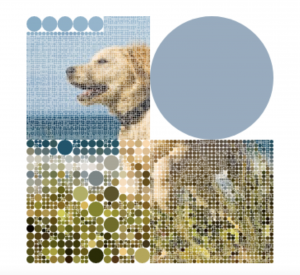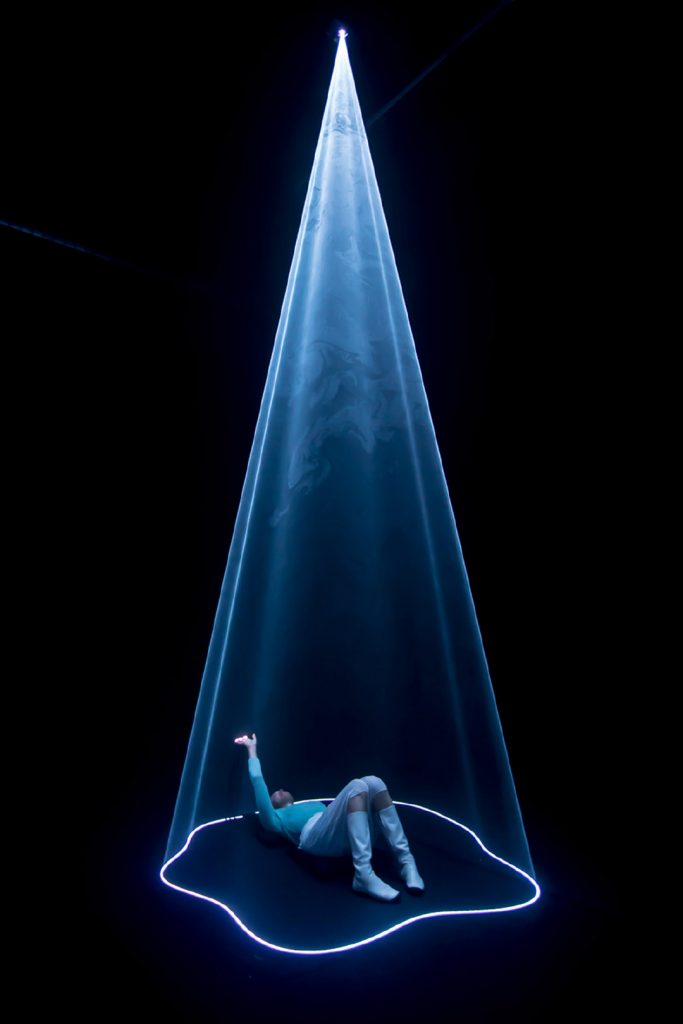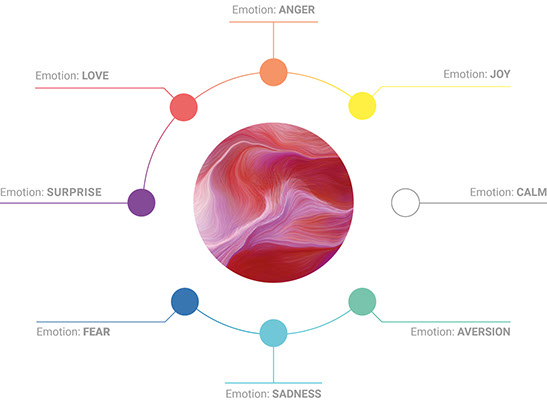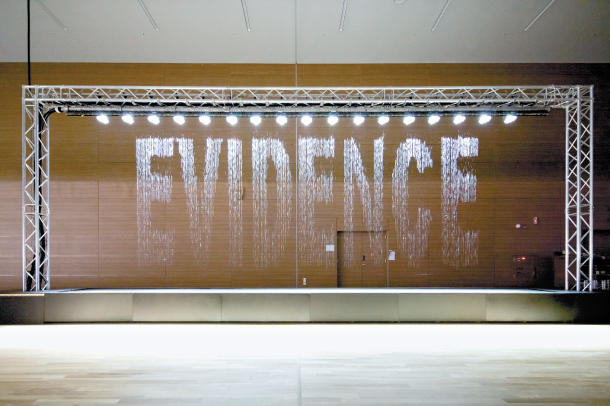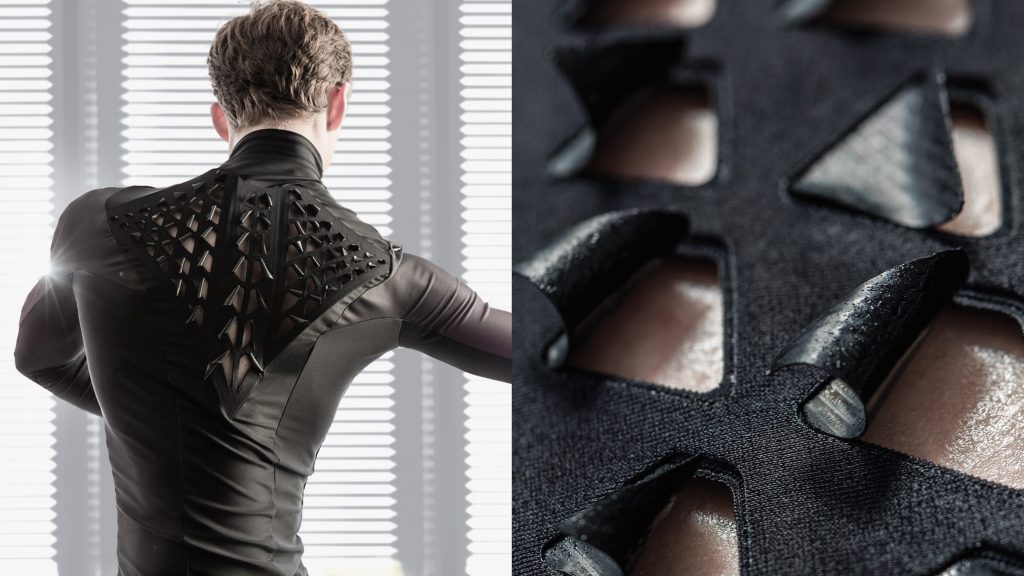
The project I chose to write about is bioLogic’s Second Skin, a line of sportswear the reacts to sweat and body heat, causing small flaps of fabric to peel back, so that sweat can evaporate. BioLogic, a team of 8 researchers in the Tangible Media Group at MIT Media Lab, embedded the bacteria, Bacillus Subtilis Natto, which naturally expands and contracts in relation to moisture, into Second Skin’ fabric. I was introduced to Second Skin in an e-textiles course I took last year, and while this isn’t a coding or electronics based work, I was really inspired by the meaningful, effortless interactions between the dancers and their “living garments.” I really admire this project not just because of how the transformations of the fabric help to regulate the athletes’ body temperatures and improve their performances, but also because it visualizes the work and effort of the athletes in a very tangible and elegant manner, elevating the experience.
Other projects at this lab that utilize the bacteria in a similar manner include tea bags with indicators that unfurl when the tea is ready, and lamps that expand and change from the heat of the light bulbs inside.
![[OLD FALL 2019] 15-104 • Introduction to Computing for Creative Practice](../../../../wp-content/uploads/2020/08/stop-banner.png)
